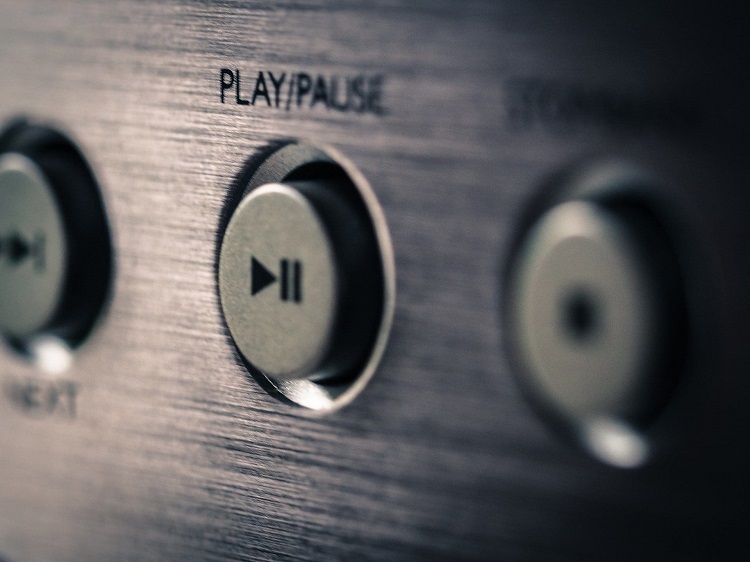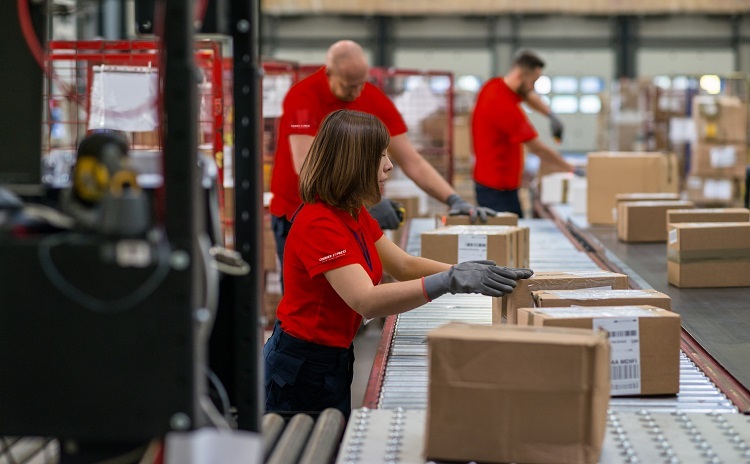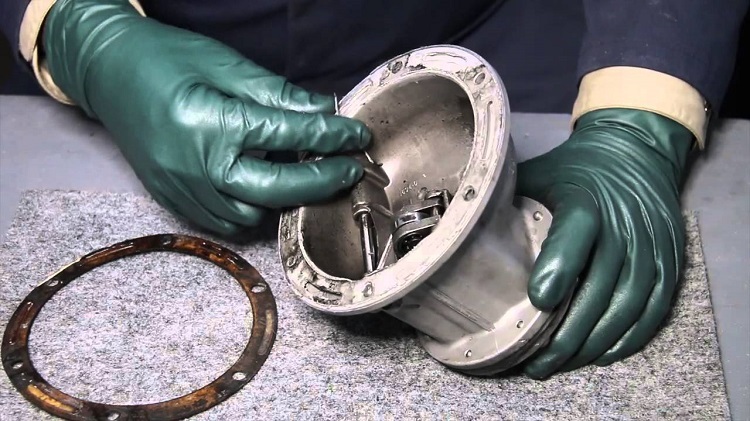Backing tracks are commonly used in highly polished live performances that are watched by thousands of people. A lot of time and effort goes into making sure that they are perfect, leaving the artists on stage to get on with making sure their fans enjoy the performance.
If you’re an aspiring musician or songwriter then it is more than possible to have a go at making your own with a few bits of readily available computer software. Here we’ll show you how.
Some Terminology
First you will need to familiarise yourself with a few simple terms.
DAW or digital audio workstation is a piece of software that will allow you to record and create sounds. There are many DAWs available online such as the popular Cubase and Logic Audio software.
If you want to create a cover then you will need to find a MIDI file. MIDI simply stands for musical instrument digital interface. You should be able to find a MIDI track available online for download. Your MIDI data file will tell your DAW what sounds and notes to play and when.
Finally, you’ll need a VST which stands for virtual studio technology. A VST file is simply one that contains pre-recorded musical instruments being played, giving you a realistic sound instead of a computer generated one.
Step One: Launch Your DAW
- Open up your new composition software and then import your chosen MIDI file. This is done by following the onscreen commands which will appear. Make sure you make a note of where your MIDI filed is stored.
- Once open you should then see a list of tracks as well as each musical instrument contained within the file.
Step Two: Assign VSTs
- You can now give each track additional musical instruments of your choice. Each VST will contain its own sound profiles so you may need to download more than one to make sure that you have all of the instruments you need.
- Once you’ve opened each VST, you can then tweak the settings you can see via the interactive panels on the screen.
Step Three: Add Effects
- This is your chance to add in any special sound effects that you want.
- This could be changing the way each instrument sounds or by the addition of completely new sounds like electronic loops.
Step Four: Mix Down the Completed File
- The mix down process is where you’ll combine each sound and instrument together to make sure that they don’t clash with each other.
- You may need to tweak the equaliser settings so that all notes heard are also the same volume if required.
Once you’ve made one you’ll quickly get the hang of it. Remember to consult your DAWs tutorial. There are millions of premade backing tracks online today so if you’re struggling, feel free to browse through a catalogue and choose the one you like. Some will be free but most will come with a cost. Be sure to read any descriptions so you know exactly what you’re getting.
With a little practice and by listening to other backing tracks you have downloaded, you will begin to learn what sounds you like and how to incorporate them into your songs.









